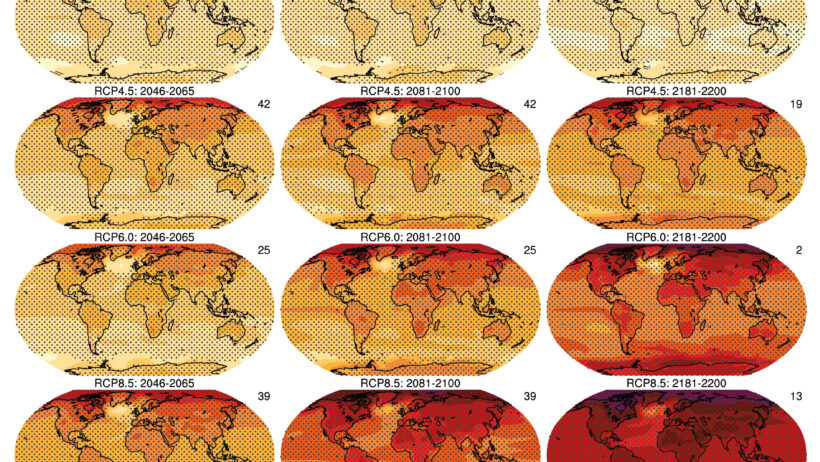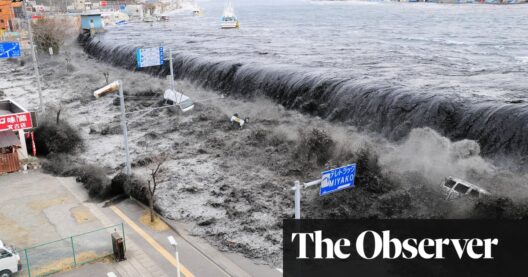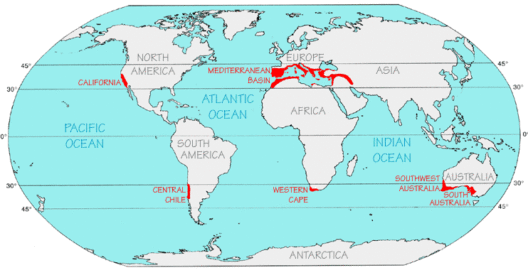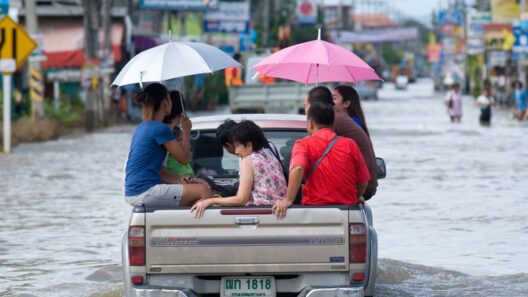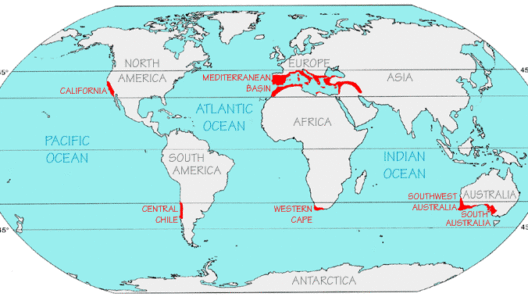As the specter of climate change looms larger, the question of where to reside takes on profound significance. Urban areas around the globe are grappling with rising sea levels, increasing temperatures, and the erratic behavior of weather patterns. However, amid these challenges, some cities stand out as beacons of sustainability and resilience, offering a glimpse into a future worth considering. Understanding these cities and their unique approaches to climate adaptation can reshape our perspective on living in harmony with the environment.
The foremost consideration in choosing a climate-resilient city is its geographic positioning. Coastal cities, while often densely populated and economically vibrant, face the imminent threat of flooding and hurricanes exacerbated by climate change. Alternatively, cities situated inland or at higher elevations might present a safer refuge. As such, cities like Denver, Colorado, emerge as prime candidates. Nestled against the backdrop of the Rocky Mountains, Denver benefits from a high altitude that mitigates the impacts of rising sea levels. Moreover, its commitment to sustainable urban planning and renewable energy initiatives enhances its appeal.
Beyond geographical advantages, the intrinsic values of a city’s governance and community engagement play a pivotal role in climate resilience. A city that actively involves its citizens in environmental decision-making is likely to innovate and adapt more swiftly. For example, Portland, Oregon, boasts a robust framework of community involvement and forward-thinking policies. The city’s ambitious goal of achieving 100% renewable energy by 2050 reflects a collective commitment to reducing carbon emissions. Moreover, Portland’s extensive network of bike lanes and public transit options not only lowers reliance on fossil fuels but also engenders a healthier population.
As one contemplates the implications of climate change on livability, access to resources becomes an indispensable criterion. A city with reliable access to clean water, energy, and local food sources is better positioned to withstand environmental upheavals. Consider Minneapolis, Minnesota, which has implemented extensive urban farming initiatives and green infrastructure to enhance food security while supporting biodiversity. Its innovative approaches to stormwater management further exemplify how cities can marry ecological benefits with community welfare.
Climate-change-conscious cities also often understand the importance of economic diversification as a buffer against ecological crises. Cities like San Francisco, California, harness their innovative technological sectors to drive sustainability initiatives. The city’s investment in green technologies not only helps mitigate climate-related issues but also stimulates job creation in sectors aligned with future demands. Moreover, San Francisco’s comprehensive zero-waste policy reflects a blending of environmental stewardship with economic creativity, paving the way for a circular economy.
Equally important in the search for climate-resilient cities is the examination of existing infrastructure. Cities that prioritize retrofitting and upgrading their infrastructure to withstand climate impacts are essential in this new paradigm. Houston, Texas, despite its challenges, is beginning to turn the tide by investing in green infrastructure projects. Efforts to replace conventional drainage systems with permeable landscapes illustrate how urban environments can complement natural ecosystems while addressing flood risks.
Innovative transportation systems also emerge as a cornerstone of climate resilience. Cities that invest in electric public transport and incentivize the use of electric vehicles are better equipped to slash greenhouse gas emissions. Amsterdam, Netherlands, serves as a global model in this regard, with its extensive cycling infrastructure complemented by an efficient public transport system. The city’s commitment to sustainability not only reduces the carbon footprint but fosters a culture of health and connectivity.
Moreover, the concept of “urban heat islands” becomes increasingly relevant as temperatures rise. Cities that integrate greenery within urban landscapes can effectively combat this phenomenon. Singapore, often heralded as a green metropolis, has embraced a philosophy of integrating nature into urban development. This not only enhances aesthetics but also significantly cools the city’s atmosphere, improving overall livability. The presence of lush gardens, vertical greenery, and extensive park networks showcases how urban planning can harmonize with ecological goals.
It is crucial to acknowledge that resilience must go hand in hand with equity. Climate change disproportionately impacts marginalized communities; thus, cities that ensure equal access to resources and opportunities are imperative. Barcelona, Spain, exemplifies this by integrating social equity into its climate strategies. Initiatives that prioritize vulnerable communities and affordable housing reflect a commitment to addressing disparities while fostering resilience against climate impacts.
Finally, one cannot overlook the role of education and research institutions in shaping climate action. Cities with prominent universities or research centers often cultivate innovation and provide platforms for collaboration. For instance, Cambridge, Massachusetts, with its prestigious institutions, leads the way in sustainable research and development. Such environments offer an incubator for new ideas and technologies that can drive urban transformation.
In conclusion, choosing where to live with climate change considerations involves a multifaceted evaluation of geography, governance, community engagement, economic diversity, infrastructure, transportation, equity, and research capabilities. Cities like Denver, Portland, Minneapolis, San Francisco, Houston, Amsterdam, Singapore, Barcelona, and Cambridge present promising futures that intertwine human civilization with nature’s rhythms. As climate change reshapes our landscape, a transformed perspective on urban living—and a genuine commitment to sustainability—will be vital for our collective future. Embracing these innovations and values may very well be the key to thriving amidst the challenges that lie ahead.



